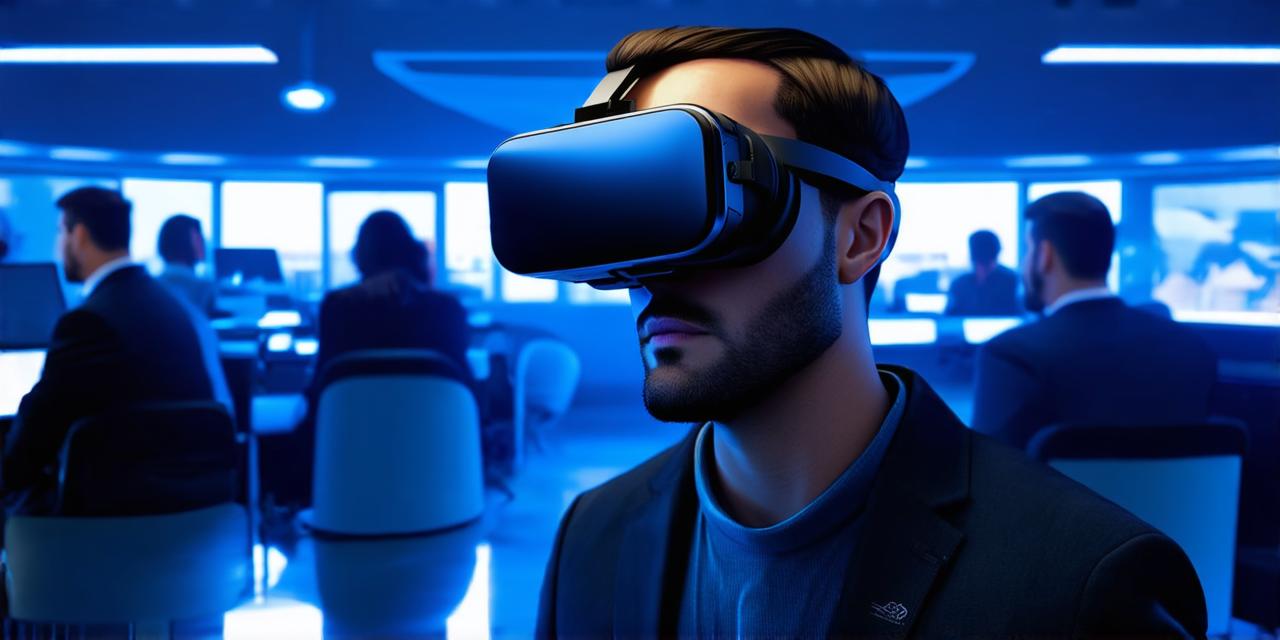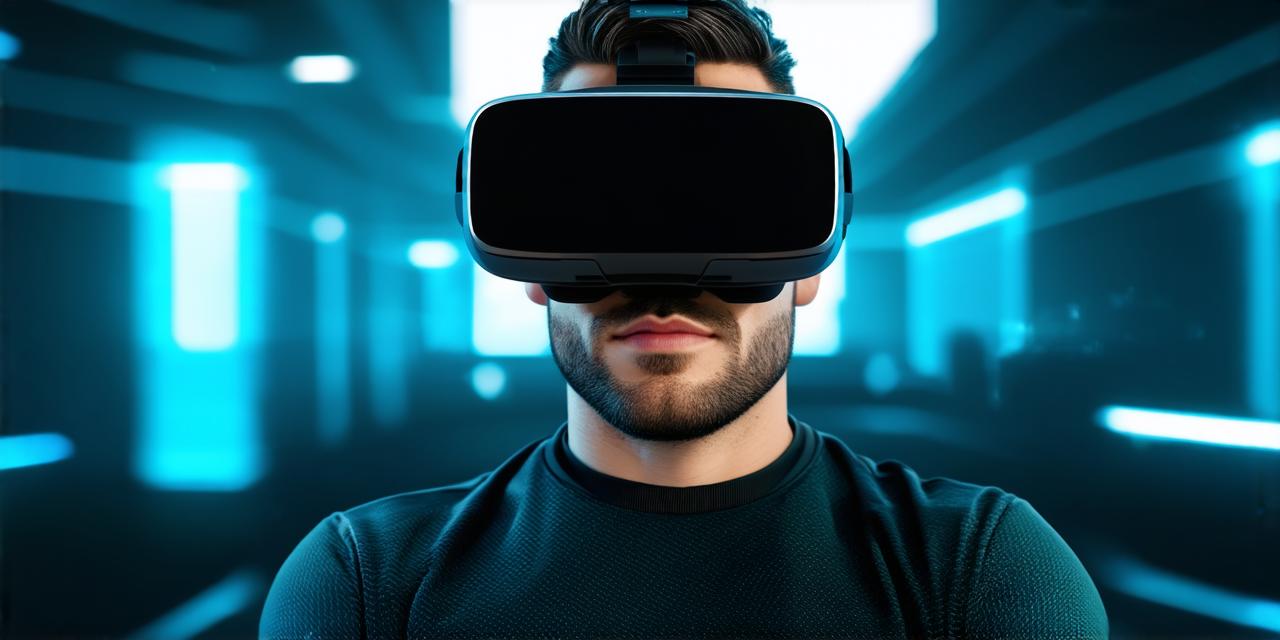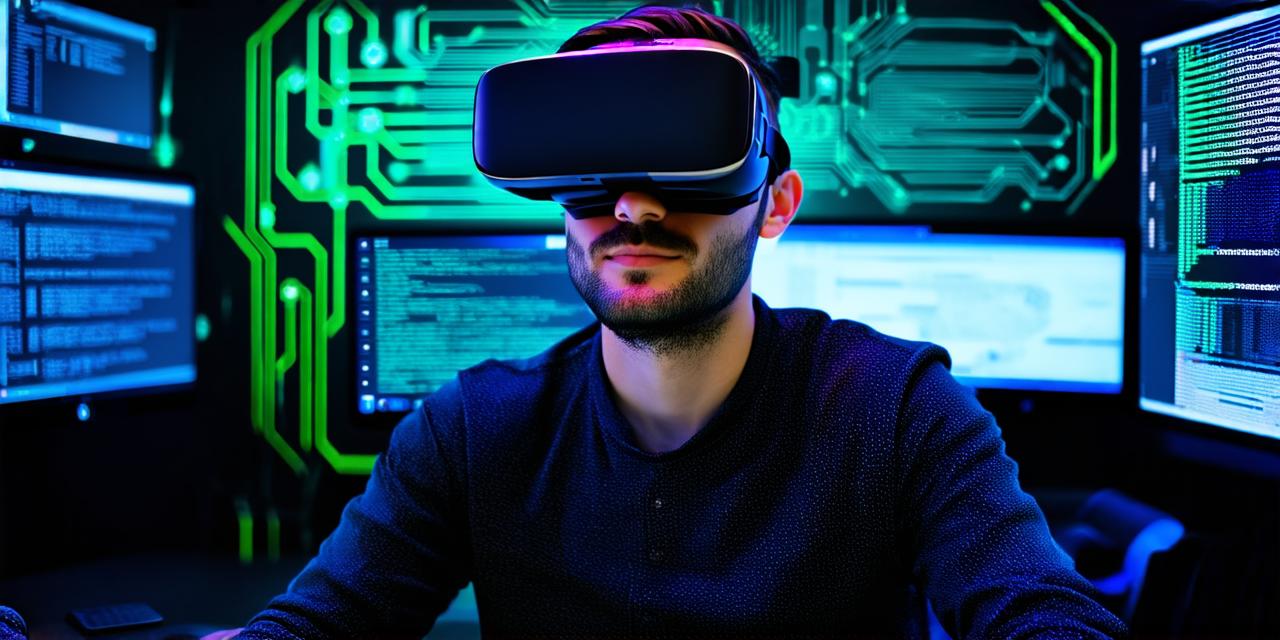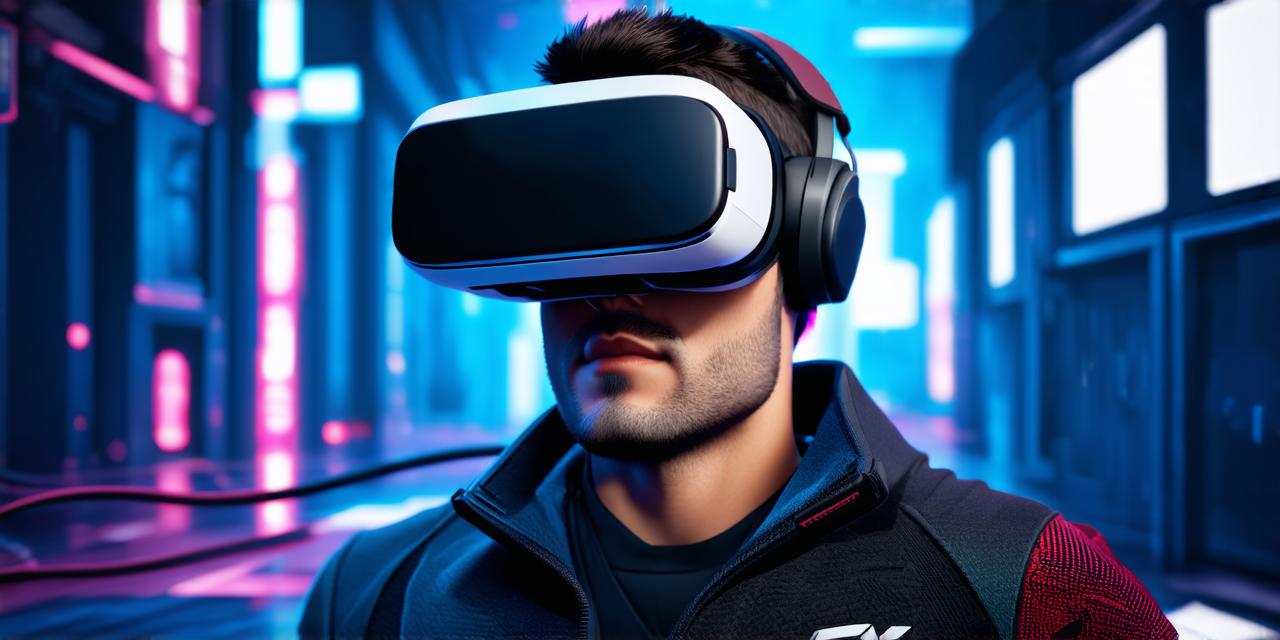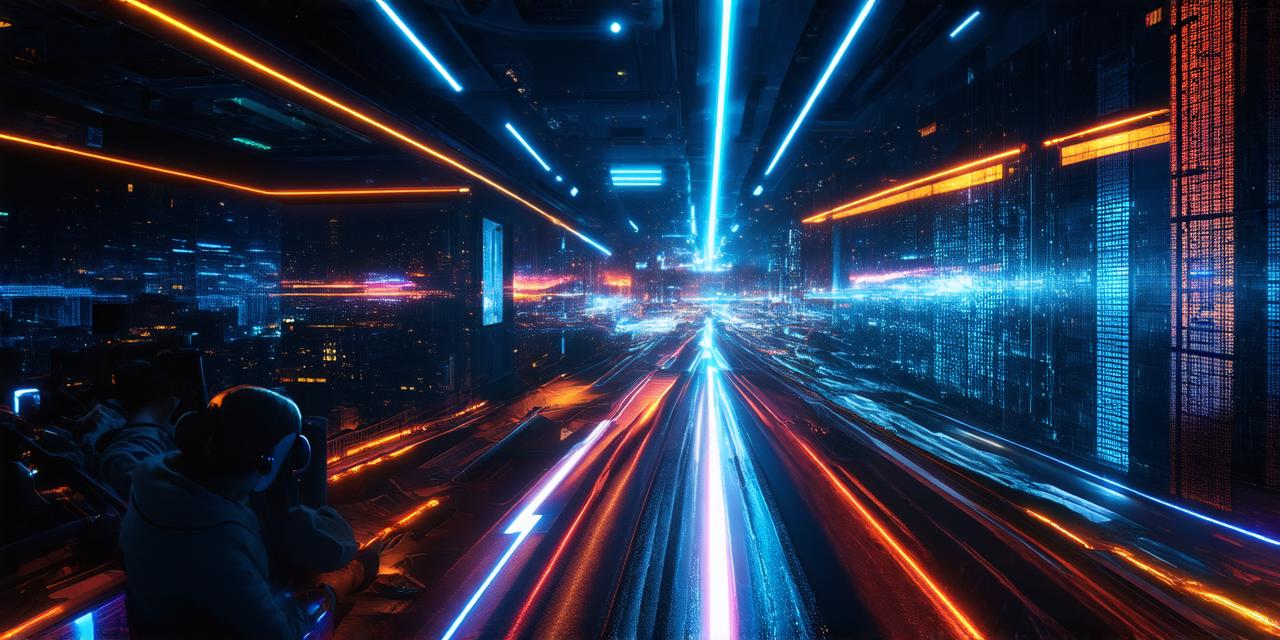As an AR developer, you understand the potential of virtual reality to revolutionize the way we interact with digital content. But have you ever stopped to consider what it’s like to experience VR from the user’s perspective? In this article, we’ll explore some of the most interesting and surprising observations that users make when they put on a VR headset.
1. Immersive environments
One of the most obvious things about VR is the level of immersion it provides. When you wear a VR headset, you’re transported into a fully interactive digital world. This can be anything from a bustling cityscape to a serene forest glade, depending on the game or experience you’re using.
But what does this look like from the inside? Users report feeling completely absorbed in the virtual environment, often forgetting that they’re actually sitting in a room with a headset on. This sense of presence is one of the key reasons why VR is so effective for training, therapy, and entertainment.
2. Interaction with digital objects
Another fascinating aspect of VR is the way it allows users to interact with digital objects in ways that are simply not possible in the real world. This could be anything from grabbing a virtual sword and slaying dragons to manipulating complex machinery in a factory setting.
Users report feeling a sense of agency and control over their actions, which can be incredibly empowering. This level of interaction also makes VR an ideal tool for education and training, where users can practice real-world skills in a safe and controlled environment.
3. Motion sickness and disorientation
Despite the many benefits of VR, it’s not without its challenges. One of the most common issues that users report is motion sickness and disorientation. This can be caused by a variety of factors, including poor tracking, low frame rates, or a mismatch between what the user sees and feels.
However, many developers are working on ways to mitigate these effects, such as using smoother motion and adding more visual cues to help users orient themselves in the virtual world. As technology continues to advance, we can expect to see fewer instances of motion sickness and disorientation in VR experiences.
4. Social interaction in VR
One of the most exciting areas of development in VR is social interaction. With the ability to create shared digital spaces, users can interact with each other in ways that were never possible before. This could be anything from hosting a virtual party with friends to collaborating on a complex project in a virtual office.
As social VR continues to grow, we can expect to see even more creative and innovative uses of this technology. This could include everything from virtual therapy sessions to online education and training programs that bring people together from around the world.
5. Limitations of VR hardware

Finally, it’s important to remember that VR is still a relatively new technology, and there are some limitations to the hardware that we currently have available. For example, the high cost of VR headsets can make it difficult for some people to access this technology, limiting its reach.
Additionally, the current generation of VR hardware has some limitations in terms of field of view, tracking, and resolution. As technology continues to advance, we can expect to see these limitations overcome, making VR even more immersive and accessible.
